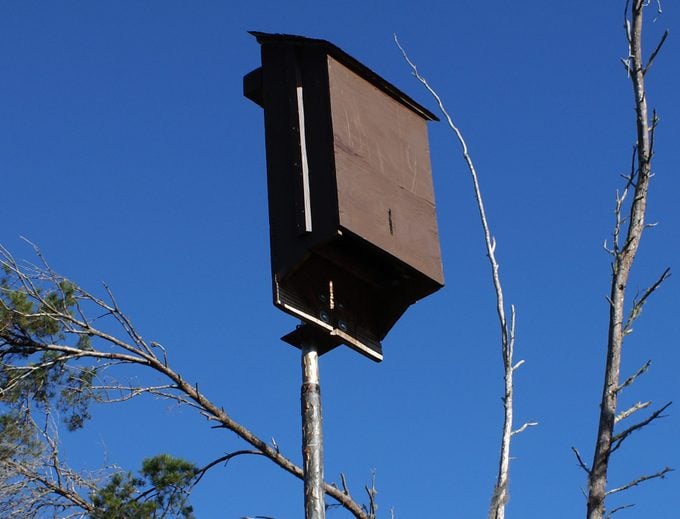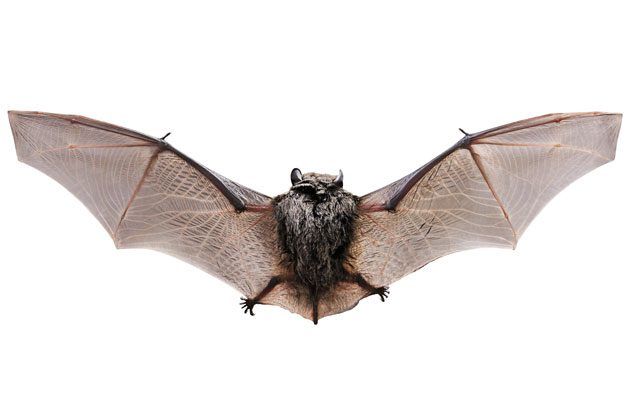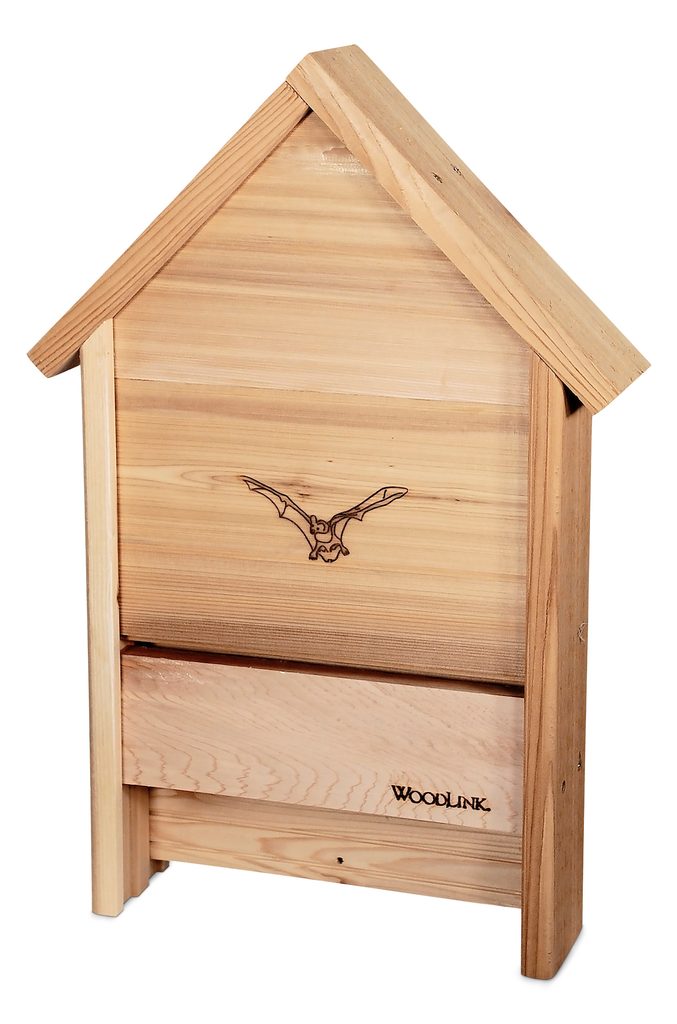9 Features to Look for in a Bat House
Updated: Oct. 19, 2021
It’s easier and more beneficial to host bats in the backyard than you may think. Just look for these attributes when you build or buy a bat house.
Our editors and experts handpick every product we feature. We may earn a commission from your purchases.

Installing a bat house may seem daunting, but it’s worth the effort. Bats eat pesky backyard bugs, and some even pollinate flowers. To be a good bat landlord, it’s important to install a house in a place where bats are protected and have access to important resources.
Here’s what you should look for when you’re buying, installing or making a bat house.
1. Find the Perfect Bat House Location
Think about where the bat house will go. Look for a spot with sun exposure that’s close to water and a mix of farmland and natural areas is ideal. Consider planting a moon garden to enjoy the backyard benefits and support bats with a source of nectar.
2. Add a Predator Guard
Just like birdhouses, bat houses can be raided by backyard predators. Mount the house on a pole and add a metal predator guard for extra security.
Check out 7 top-rated bird feeder squirrel baffles.
3. Attach the Box to a Tall Pole
Mount the house 12 to 20 feet off the ground—taller is better. It should sit above the highest vegetation beneath the house.
Where is the best place for a bluebird house?
4. Choose a Large Box
Bats can gather in sizable colonies. Pick a bat house with a large box, over 2 feet tall and 14 inches wide, to host the groups. Try this Bat House by Woodlink that has space for 25 bats.

5. Use Durable Materials
Look for a house made of materials that won’t degrade easily. Wood, fiber cement and plastic are acceptable building materials.
Find out how to get rid of wasp nests in birdhouses without pesticides.
6. Keep Out Bad Weather
Well-sealed houses keep bats dry and happy, while retaining heat in cold periods.
Learn how to make a DIY bluebird house.
7. Ensure Good Ventilation
While the house should be weather-proof, properly placed vents are important for providing air circulation to the colony.
8. Paint the Box the Right Color
The warmer the climate you live in, the lighter the house should be painted or stained in order to keep the bats a comfortable temperature.
Here’s how to build a one-board DIY bird house.
9. Bats Need a Well-Placed Entrance
Look for an entrance at the bottom. It allows the bats to enter and exit easily.
Next, learn how to keep house sparrows out of bluebird boxes.





















